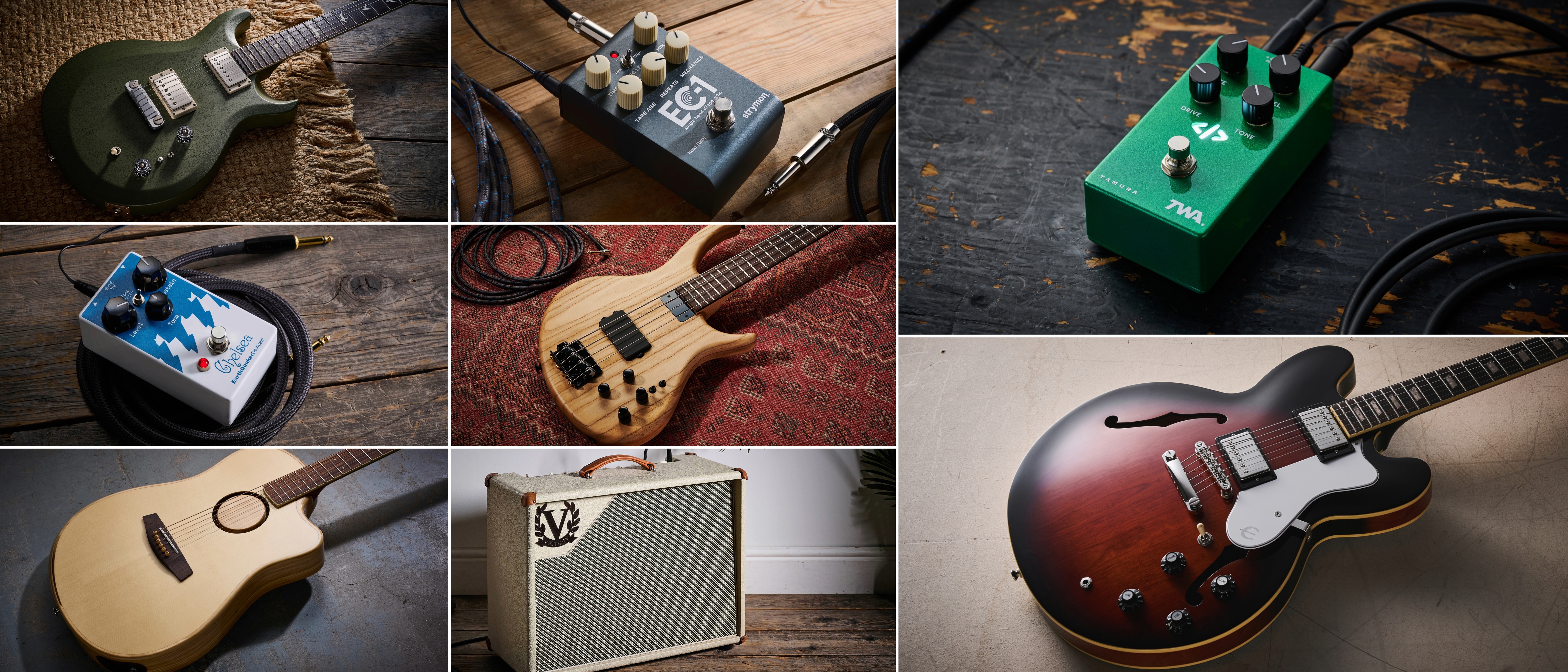Yngwie Malmsteen’s Rising Force changed the game with its jaw-dropping display of mechanical mastery, classical themes, and reckless, extended soloing – celebrate 40 years of his essential debut with this neo-classical shred masterclass
It’s time to turn that Fender Strat into kindling as we go far beyond the sun and unleash the fury in a video and tab shred lesson that is not for the faint-hearted

Hailed by countless fans and critics as the dawn of the shred guitar revolution, Yngwie Malmsteen’s Grammy-nominated solo debut Rising Force built on earlier flashes of genius (in Steeler and Alcatrazz), with a jaw-dropping display of mechanical mastery, classically influenced themes, and reckless, extended soloing.
In a time when two-handed tapping was the technique of choice among the big-hair population, Yngwie put Harmonic Minor, baroque-fused themes, ferocious picking, and sweeping arpeggios on the rock agenda.
Mechanically, Malmsteen has a very systemised way of getting around, and almost never plays himself into a corner with a musical idea that isn’t perfectly matched with a technical approach.
In the scalar picking realm, Malmsteen moves freely between shifting single-string sequences (Example 1), ascending economy picking runs (Example 2, bar 1), and alternate picking lines that take advantage of even numbers to line up the start of each new string with a downstroke (Example 3).
Whenever shredding through lines that seem to veer from the aforementioned picking strategies, a legato approach provides the get-out-of-jail card to finish playing one string and get to the next with
a downstroke (Example 2, bar 4).
Arpeggios (Examples 5-8) are another trademark of the Swede, and they have their own rules. Descending arpeggios almost always begin with an upstroke and pull-off, with ascending parts prioritised with as many consecutive downstrokes as possible.
Yngwie’s most-utilised sweep picking form links up inversions of Minor triads across the first three strings, pitting them against the darker counterpart of Diminished 7th arpeggios.
All the latest guitar news, interviews, lessons, reviews, deals and more, direct to your inbox!
A signature of his baroque melodic vocabulary, pedal-tone licks feature heavily in Malmsteen’s interludes. Calling on single (Example 9) and two-note (Examples 10-12) pedal points to pivot off, his pedal-tone lickbag uses consistent alternate picking.
As you put all of these devices to work in the final solo etude, I’d heartily recommend that you isolate each one or two-bar phrase for separate study, after which you can connect them again at a slower pace.
Pay close attention to the note groupings as Malmsteen often contrasts regimented 16th-note phrases with burst of tuplets containing more notes to cram in. While the examples are written using the A Natural and Harmonic Minor scales, Malmsteen’s E-flat tuning means they will sound a semitone lower than written.
Good luck, and enjoy!
Get the tone
Amp Settings: Gain 9, Bass 7, Middle 6, Treble 7, Reverb 4
Although he uses very light strings Malmsteen pulls a huge sound out of his scalloped-fretboard Fender Stratocaster. Naturally a Strat-style guitar with single-coil pickups makes for a good start, followed by a high-gain overdrive pedal into a plexi-style Marshall amp tone. But any guitar will recreate a great rock tone, and you might want to add ambient delay or reverb.
Examples 1-4.
Example 1.
Single-string sequences like this require not only efficient down and upstrokes, but good synchronisation with the position shifts. Take your time locking in each ‘unit’ or ‘cell’ of the lick before speeding up.
Example 2.
Malmsteen’s Minor scale usage switches between playing Minor or Major 7th degrees and often both! A single-string sequence connects up two mechanical approaches or devices to regular scale picking.
Example 3.
This trademark descending Phrygian Dominant line is mostly alternate picked, something for which Malmsteen reserves even numbers of notes per string.
Example 4.
Here ascending economy picking meets a circular lick on the second and first strings. Malmsteen will loop the top part of the lick, as in bars 2-3, as many times as he feels like when improvisation.
Examples 5-8.
Example 5.
For a controlled sound of these double-stops, roll back the volume knob a little and apply palm muting. A percussive pick attack will really help them ‘pop’.
Example 6.
This slippery, sliding series of Diminished triads works perfectly as a dark sound over a Dominant chord (here a b9) in a Minor key. Starting each one on an upstroke keeps the downward and ascending sweeps coming.
Example 7.
These Minor triad and Diminished 7th arpeggio inversions repeat Malmsteen’s mechanical habit of beginning each descent on an upstroke and each ascent with a downstroke. Once you’ve broken the code things become more logical.
Example 8.
These sextuplet Diminished 7th arpeggios pair with the equally dark Phrygian Dominant mode. Bar 2 also includes the Minor 3rd interval as a passing tone that Yngwie uses for fingering symmetry and convenience.
Examples 9-12.
Example 9.
A single pedal-point is used here, with bars 1 and 3 descending from pivoting off E notes, and the in-between bar (bar 2) from F notes.
Example 10.
This time, two pitches are used to create a three-note pedal note in each bar. Malmsteen avoids using his third and fourth fingers together, so semitone pedal-pairs are fretted using the second and third digits instead.
Example 11.
This turns the two-note pedal form into a single-string sequence for a very JS Bach-inspired motif. Each beat offers a new iteration of the basic theme.
Example 12.
Moving from string to string in this diagonal Harmonic Minor pattern puts wider intervals between each example of the pedal-tone lick.
Example 13. Full solo
Malmsteen often deliberately ‘rushes’ to include more notes per phrase, so you’ll see several tuplets of less conventional groups beamed across two beats.
Approach these runs in free time as steady 16th notes, then accelerate to the point where each group will occupy two beats of the bar.


